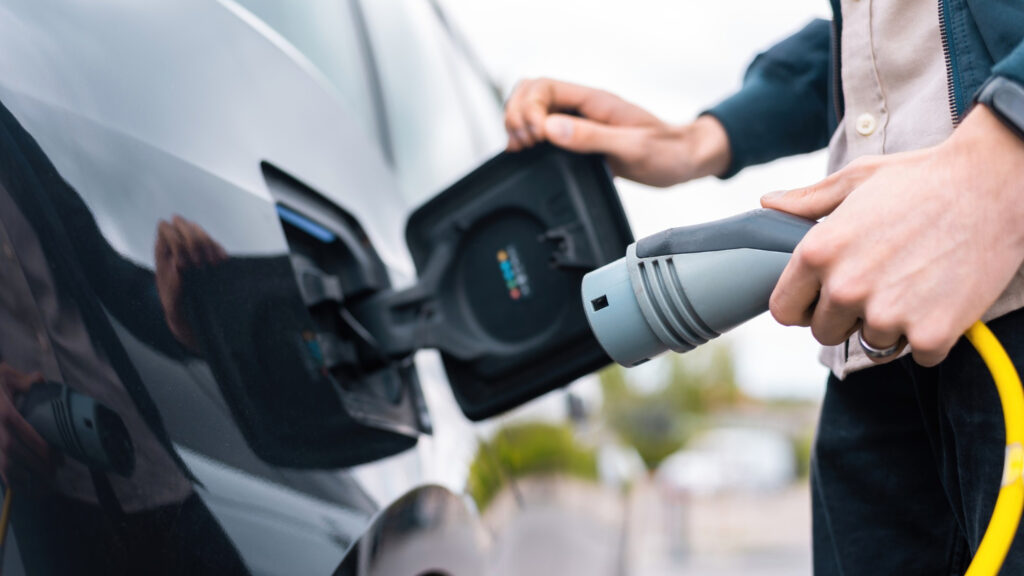The electric vehicle (EV) industry continues to dominate headlines in 2025, as governments, automakers, and consumers worldwide accelerate the transition toward sustainable mobility. With new regulations, massive investments, and game-changing innovations, the EV sector is on track for record-breaking adoption this year.
This article explores the current state of the global EV market, the top trends shaping its future, challenges that need addressing, and what to expect in the coming months.
🌍 EV Market Size & Growth in 2025

According to industry data, the global EV market is expected to cross $1 trillion in value by the end of 2025, with an annual growth rate of over 25%. The US and UK remain key markets, driven by government incentives, stricter emission regulations, and increasing consumer awareness about climate change.
- US Market: Sales of EVs in the US crossed 2.5 million units in the first half of 2025, accounting for nearly 30% of all passenger vehicle sales.
- UK Market: EV adoption continues to grow, supported by the government’s Zero Emission Vehicle (ZEV) mandate, which requires automakers to ensure 80% of their new car sales are electric by 2030.
🔑 Key Trends in the EV Industry (2025)
1️⃣ Affordable EV Models Enter the Market
One of the biggest drivers of growth in 2025 is the launch of affordable EVs under $25,000, targeting mass-market buyers. Automakers like Tesla, BYD, Tata Motors, and Ford have introduced compact EVs with improved range, making electric mobility more accessible.
2️⃣ Battery Technology Breakthroughs
Solid-state batteries are finally entering mass production this year, promising higher energy density, faster charging, and longer life cycles compared to traditional lithium-ion batteries. This could eliminate one of the biggest concerns for EV buyers – range anxiety.
3️⃣ Charging Infrastructure Expansion
Governments and private players are rapidly expanding fast-charging networks. The US has rolled out thousands of 350 kW ultra-fast chargers along major highways, while the UK is investing in community charging hubs to make EV charging as convenient as fueling at a petrol station.
4️⃣ Corporate Fleets Going Electric
Major logistics and ride-hailing companies are committing to 100% electric fleets by 2030. This trend is speeding up bulk purchases of EVs and building pressure on governments to improve grid capacity.
5️⃣ Second-Life Batteries & Recycling
Battery recycling has become a major industry in 2025, reducing the dependency on rare earth minerals and making EV production more sustainable. Reused EV batteries are now powering residential energy storage systems across the US and UK.
🌱 Sustainability and Environmental Impact
The global shift to EVs has significantly reduced tailpipe emissions in urban areas. According to 2025 data, CO₂ emissions from the transportation sector dropped by nearly 15% worldwide compared to 2023 levels. However, experts emphasize the need for clean energy sources for charging infrastructure to ensure EV adoption remains environmentally beneficial.
⚡ Challenges Facing the EV Market
Despite the rapid growth, the industry still faces some challenges:
- Charging Grid Stress: Increased EV usage has raised concerns about grid overload in peak hours.
- Battery Material Costs: Lithium, nickel, and cobalt prices remain volatile.
- Consumer Education: Many potential buyers are still hesitant due to misconceptions about charging time and battery lifespan.
💡 What to Expect in Late 2025 and Beyond
- Autonomous EVs: Several automakers plan to launch Level 3 and Level 4 self-driving EVs by the end of 2025, changing the way people commute.
- Government Support: More countries are expected to announce EV subsidies and zero-emission mandates ahead of COP30 climate goals.
- Cross-Industry Partnerships: Collaborations between automakers, energy companies, and tech firms will drive innovation in battery production and charging solutions.
📊 Economic Impact of the EV Boom
The EV industry has generated millions of jobs worldwide in manufacturing, battery technology, software development, and infrastructure construction. Analysts predict that EVs will contribute over $2 trillion to the global economy by 2030, positioning the sector as one of the most lucrative for investors.
🚗 Consumer Tips for Buying an EV in 2025
- Check Total Cost of Ownership: Factor in tax credits, fuel savings, and maintenance costs.
- Evaluate Charging Options: Home charging installation can save time and money.
- Compare Range & Warranty: Look for models offering a minimum of 250+ miles of range and 8-year battery warranty.
- Stay Updated on Subsidies: Many states offer rebates for EV buyers, making purchases more affordable.
Conclusion
The global EV market in 2025 is no longer a niche segment – it is the new normal. With breakthroughs in technology, affordable models, and strong government support, the electric revolution is only just beginning. For consumers, this is the best time to consider switching to electric mobility, while investors can tap into a rapidly growing and future-proof industry.
The coming months will bring more competition, better technology, and increased adoption, solidifying EVs as the backbone of global transportation.

